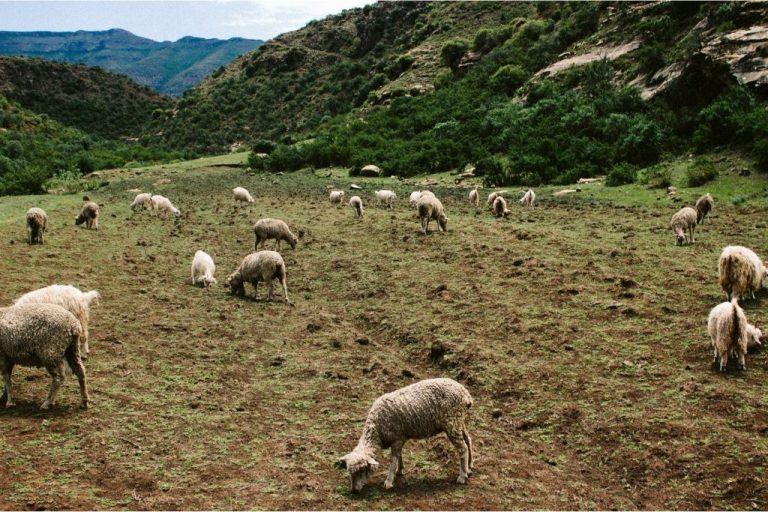Officially renowned as the Republic of Senegal, Senegal is a West African country renowned for being one of the safest destinations in Africa.
Many people may not have heard of Senegal. With so many countries in the world to talk about, it is easy to see why. But, unfortunately, Senegal has often been overlooked because of its location between Mali and Mauritania.
The country is also home to the most important city in West Africa, Dakar.
The country has a low level of crime and diseases. The people are friendly, and traveling in this country is hassle-free.
Its delicious cuisine is also something that lures in tourists to visit the country again and again. The dishes are combined with French and North African influences alongside its ancient local traditions.
When you’re in Senegal, make sure to try their staple food, thieboudienne (rice and fish).
Senegal is located at the westernmost point of Africa and has multiple air and maritime travel routes, due to which it is called the “Gateway of Africa.”
The country was once a part of the ancient Ghana and Djolof kingdoms. It was also a point of European contact before the French controlled its vicinity in the late 19th century.
Senegal was under French control toll 1960.
The country also houses internationally renowned musicians. Its culture has traveled all across the world.
Geography
Senegal lies at an ecological boundary where oceanfront, semiarid grassland, and tropical rainforests intersect.
Senegal river borders the country to the north and northeast, whereas Mali borders Senegal to the east, Guinea and Guinea-Bissau to the south, and the Atlantic Ocean to the west.
The Gambia forms a narrow strip that extends from the coast eastward into the country along the Gambia River.
The Cape Verde Peninsula marks the westernmost point of the continent.
It is a flat country that lies in the Senegal-Mauritanian Basin. The highest elevation of Senegal is 1,906 feet.
The country has three structural divisions: the Cape Verde headland, the southeastern, and the eastern parts.
Senegal has a sandy and surf-beaten area at the Atlantic coast.
This country also has diverse soil. The river mouths have salty soils that are favorable for grazing. On the other hand, the Gambia and Casamance rivers have sandy clay soils.
The northwest Senagal’s soil is combined with iron oxide. These soils are best for peanut cultivation, due to which it constitutes 40% of land for groundnut cultivation.
Besides, 33% of the land is for cotton production.
Climate
The country’s climate is influenced by the tropical latitude of the country and also by the season migration of the intertropical convergence zone (ITCZ).
The dry winds and the maritime winds bring rainfall to Senegal. Those dry winds are strongest during the winter and spring and are known as harmattan.
Senegal has three climate zones: coastal, Sudanic and Sahelian.
The temperatures are hottest during May (does not exceed 27 degrees celsius) and are coldest in January (17 degrees celsius).
Nature and Wildlife
Senegal’s northern half has a combination of shrubs and tree steppes and shrub and tree savannas.
It has savanna woodlands and dry woodlands in its southern region. The western area has been cleared for agricultural use.
You will find dense forests, mangrove swamps and trees like mangrove, oil palms, tea, silk, and cotton in the extreme southwest area.
In terms of wild animals, you will find some elephants, lions, panthers, antelopes, cheetahs, and jackals in Niokolo Koba National Park.
The country also has abundant bird and reptile species. You can check out birds at the Djoudj National Bird Sanctuary.
You will also find turtles, crocodiles, and hippopotamuses in the rivers of Senegal.






